The Devastating Decline of Fast Food Jobs and Restaurant Closures Due to California’s $20 Minimum Wage
Since the implementation of California’s new $20-an-hour minimum wage, there has been a significant reduction in employment across various fast food chains.
A trade group reports that almost 10,000 positions have been eliminated from businesses including Pizza Hut and Burger King, attributing these cuts directly to the increased labor costs from the wage hike.
Rubio’s Coastal Grill Files for Bankruptcy
The rise in minimum wage has had a profound impact on Rubio’s Coastal Grill, a popular Mexican fast food chain, which has filed for Chapter 11 bankruptcy and closed 48 of its locations across California.
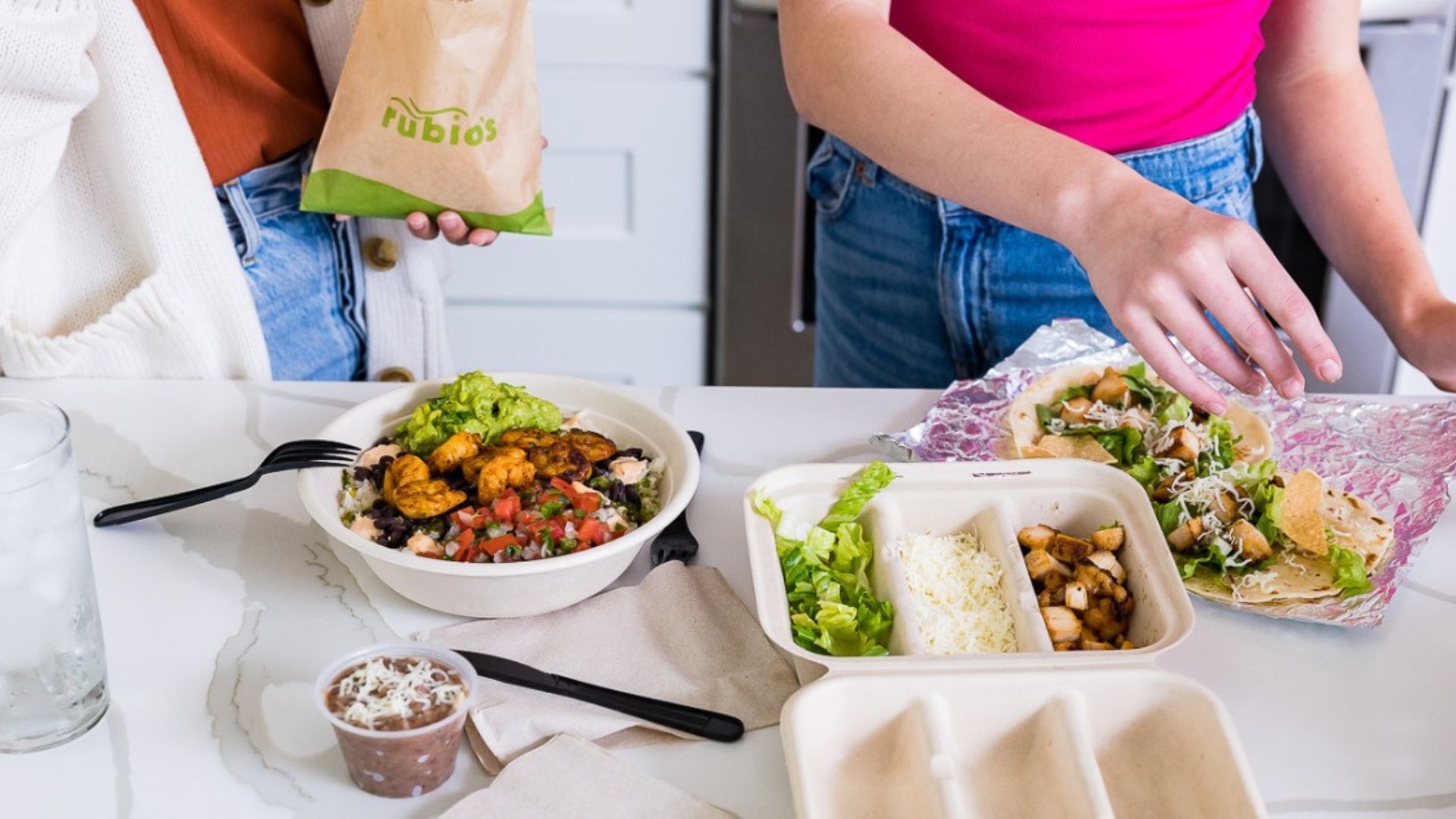
Source: Rubio’s/Facebook
This move highlights the financial strain the wage increase has placed on restaurant operations within the state.
CABIA Criticizes Wage Increase
The California Business and Industrial Alliance (CABIA) has been vocal in its criticism of Governor Gavin Newsom for his role in passing the new minimum wage law.

Source: Wikimedia Commons
They argue that this legislation has forced businesses to raise prices and struggle financially, significantly affecting their ability to operate profitably under the new wage conditions.
Mock 'Obituaries' Spotlight Wage Law Fallout
In a striking USA Today ad, CABIA displayed mock ‘obituaries’ for famed fast food outlets affected by the wage increase.
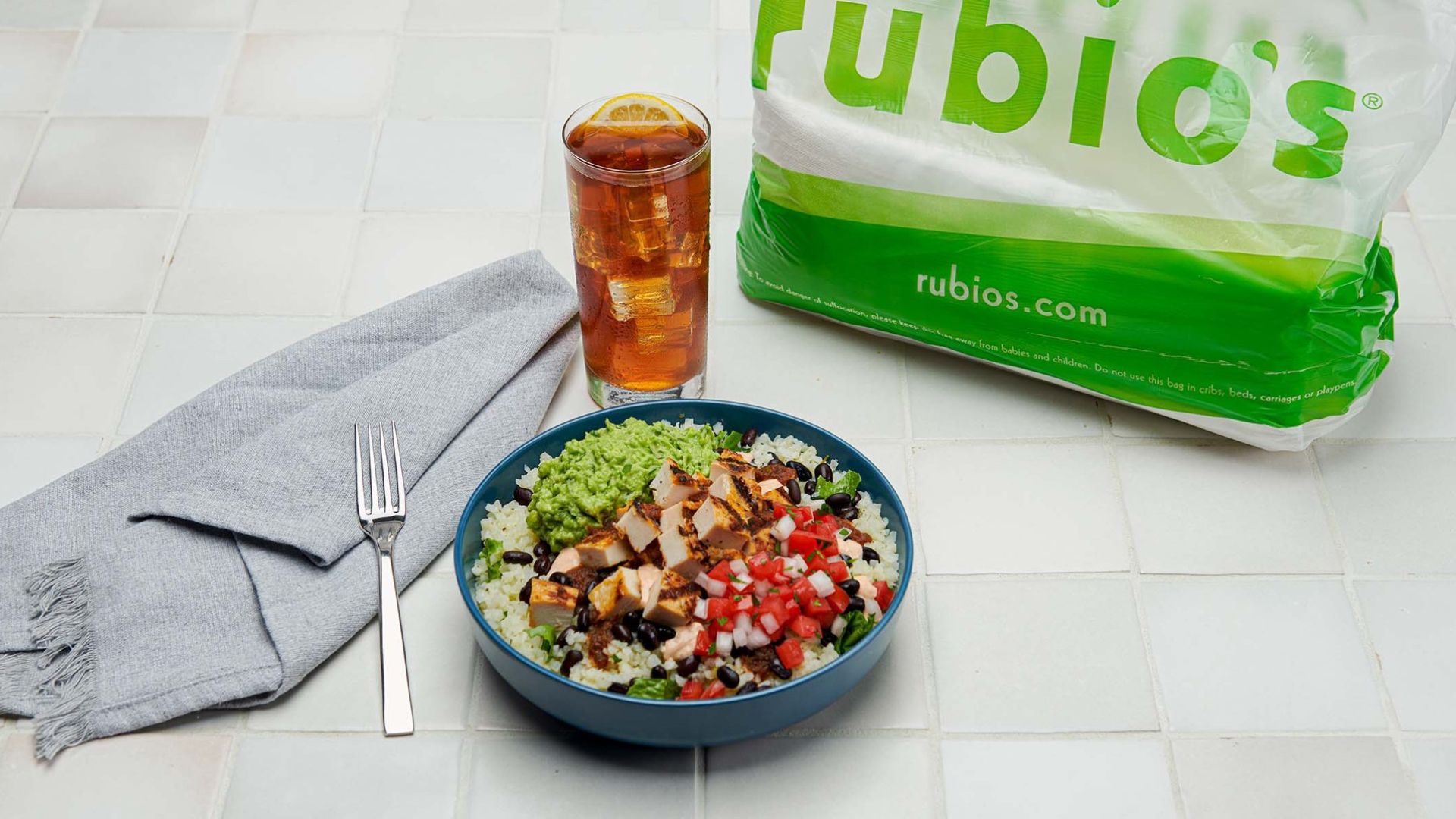
Source: Rubio’s/Facebook
This bold move was intended to shed light on the severe repercussions for both small eateries and large chains.
Wage Increases Don’t Help Workers or Businesses
CABIA president Tom Manzo has said that the decision to increase wages doesn’t help workers or businesses.
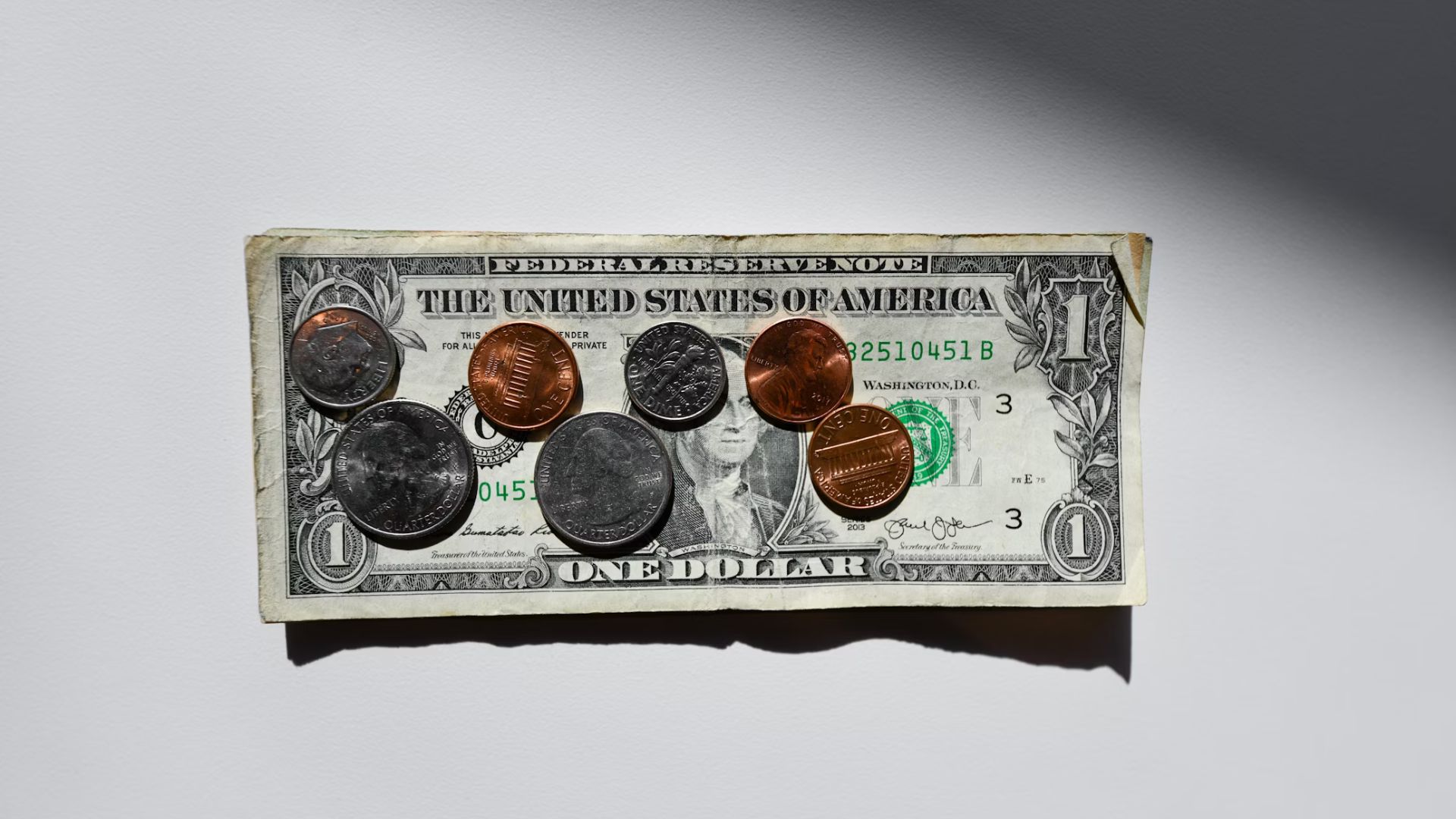
Kenny Eliason/Unsplash
He also referred to officials living in “fantasyland” by thinking the wage increases would help and that all it does it put businesses in jeopardy.
Changes Across Major Fast Food Chains
Major fast food chains are reportedly adjusting to the new wage law by increasing prices and reducing operational hours.
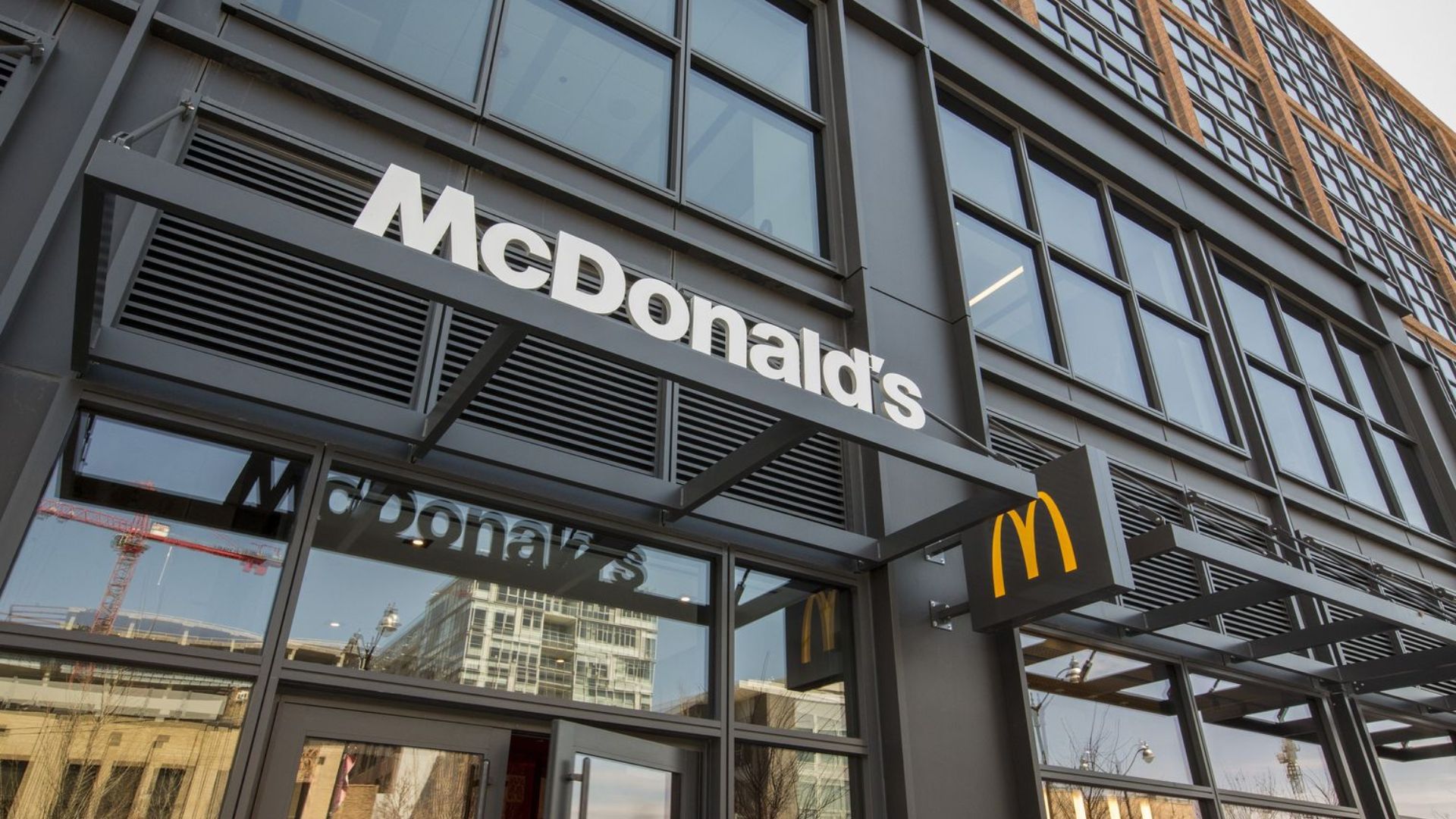
Source: Wikimedia Commons
One notable example includes a McDonald’s franchisee who owns 18 locations in California, who is “considering reducing store hours, hiking menu prices and delaying renovations to offset the impact of the state’s $20 hourly minimum wage for fast-food workers.”
Customers Are Becoming Frustrated at Fast Food Prices
While raising food prices might benefit businesses as they should theoretically get back more money, it’s actually doing the opposite as it’s driving customers away from these outlets as they can no longer afford to buy anything.
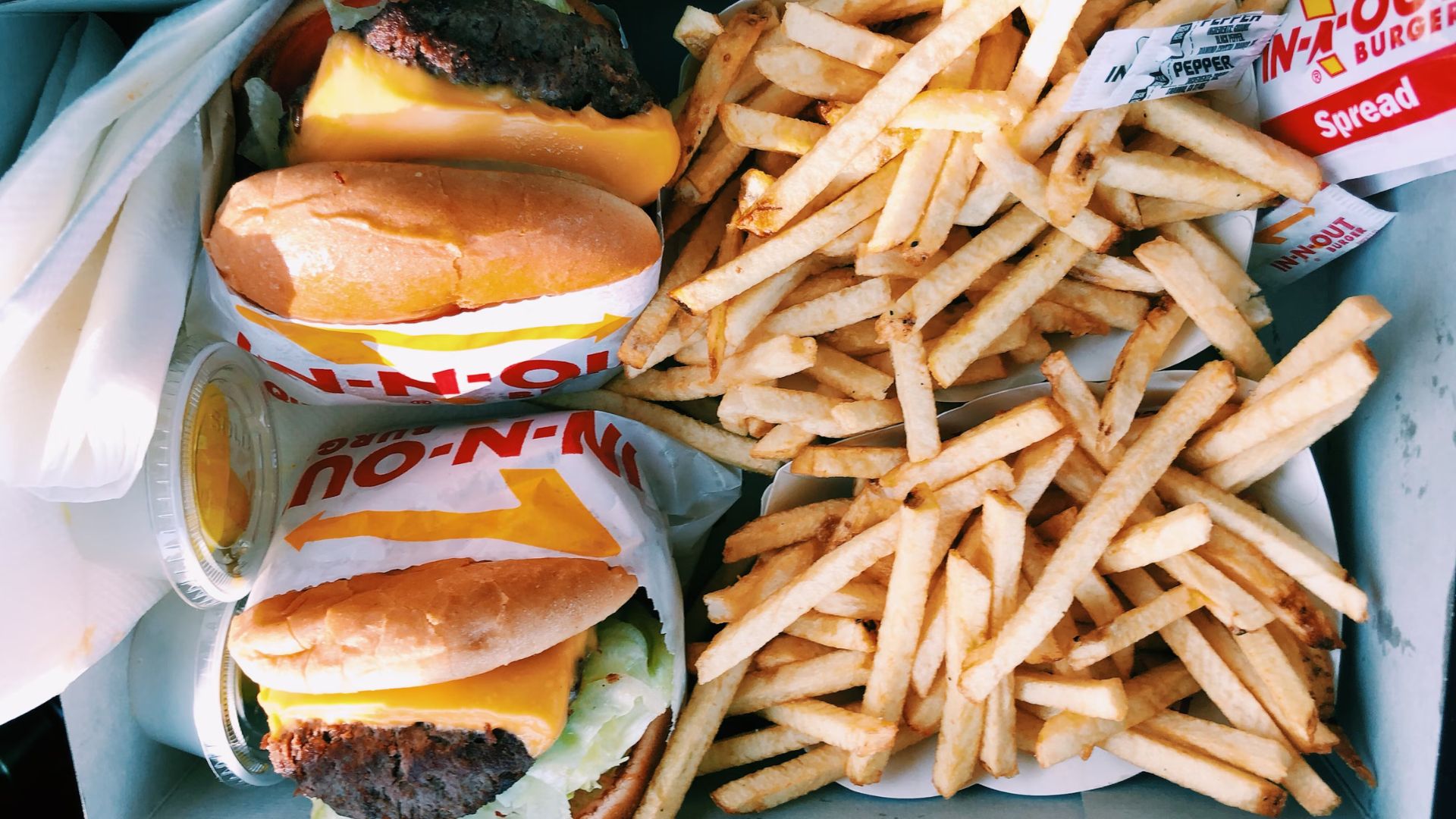
Ashley Green/Unsplash
None of the fast food places seem to be value for money anymore, especially with places such as McDonald’s getting rid of its dollar menu.
Fast Food Increase by 47%
Even though fast food prices have risen a significant amount over the last few years, over the last decade they have risen by at least 47%.
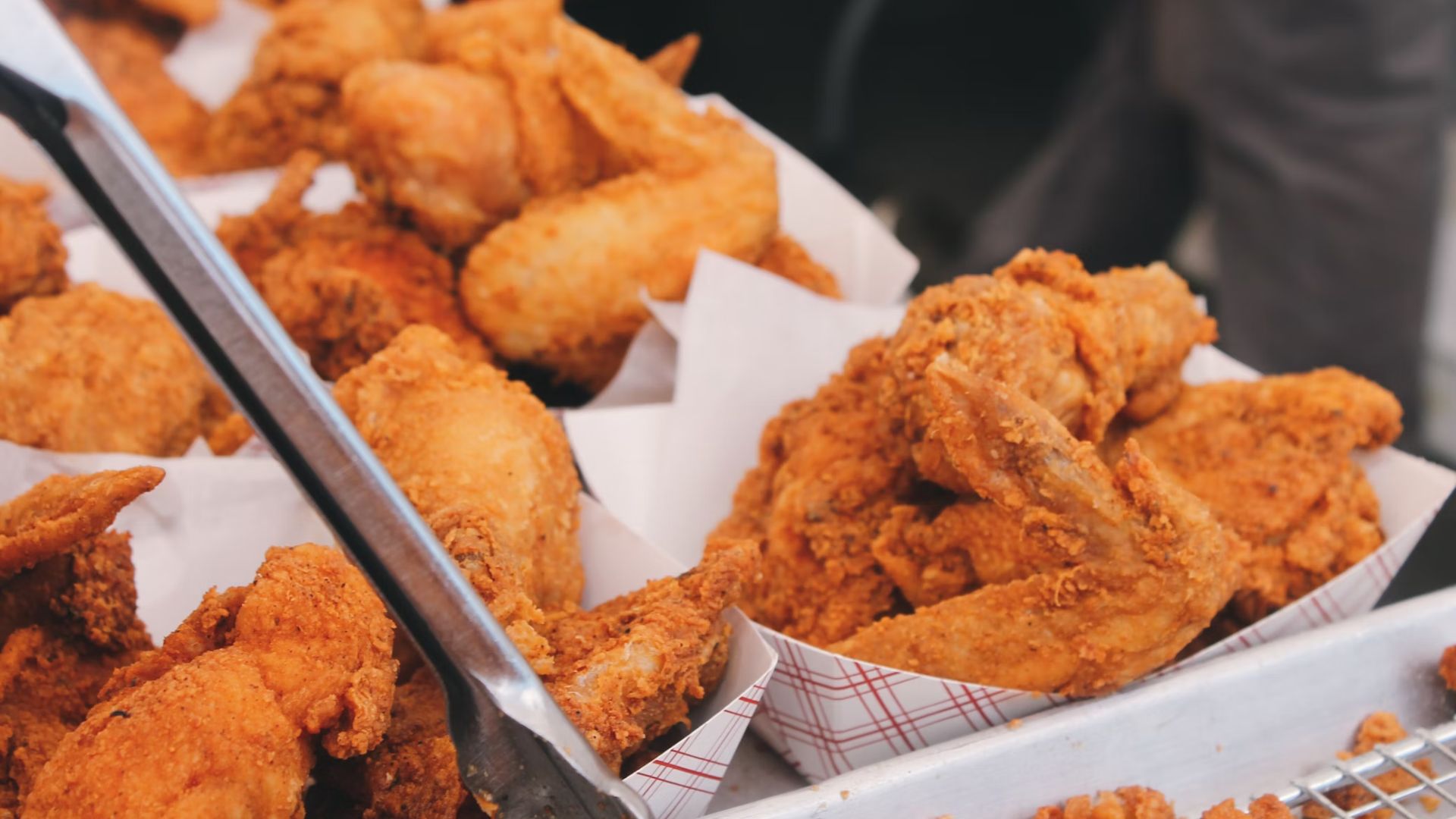
Brian Chan/Unsplash
It’s low-income families and individuals that have been hit the most by this, as when looking for something that is quick, cheap, and easy to eat, fast food is no longer the way.
Fast Food Is Now Considered a Luxury
The situation with fast food has become so bad that around 80% of Americans now consider it to be a luxury.
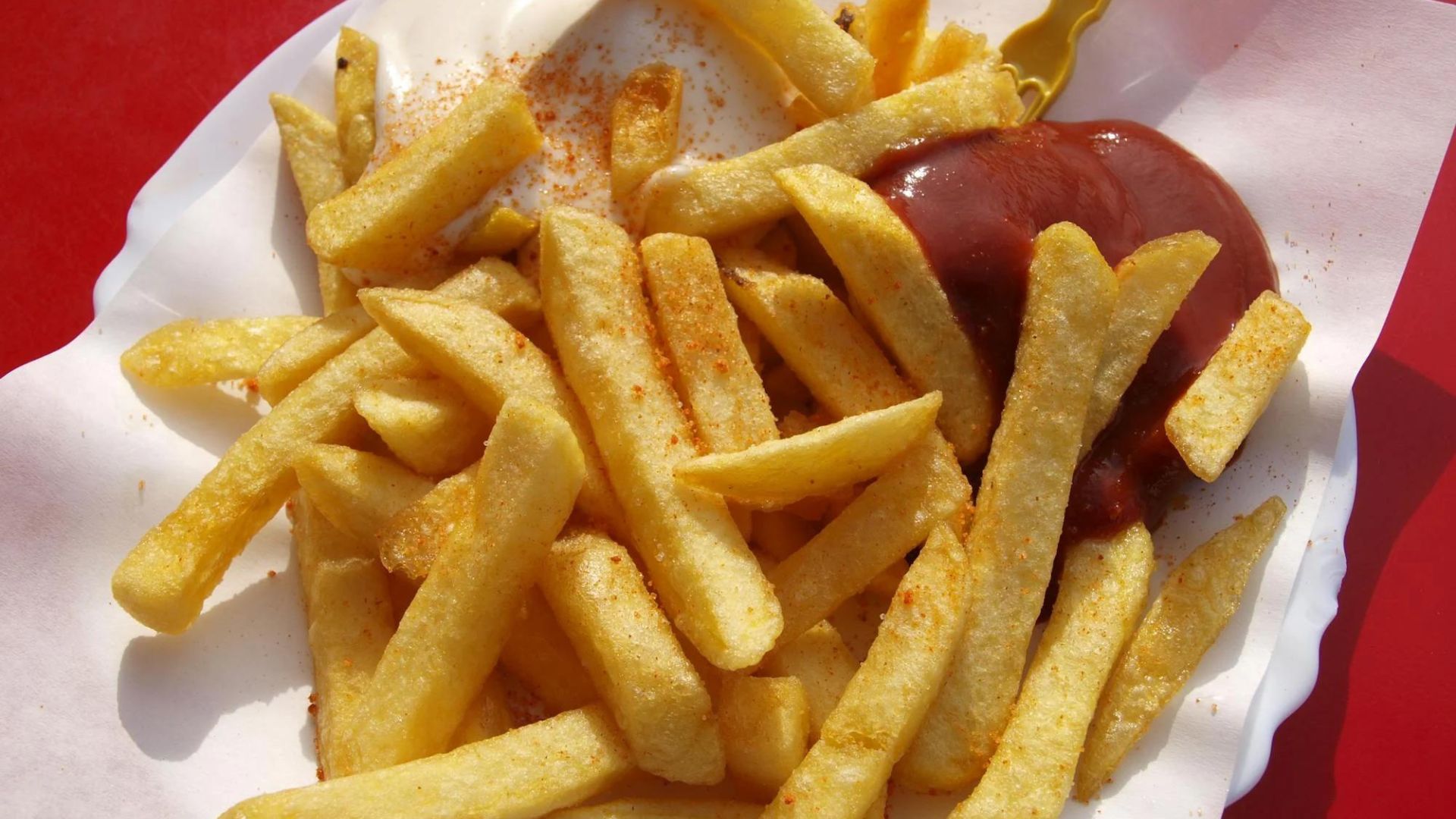
Marco Fischer/Pexels
Instead of quickly popping in to their nearest fast food restaurant for a quick bite to eat, people are now choosing to cook at home or even eat at traditional sit-down restaurants that were previously a lot more expensive.
Anticipatory Job Cuts
Anticipating the financial impact of the new law, chains like Pizza Hut and Round Table had already dismissed thousands of delivery workers even before the legislation was officially passed.
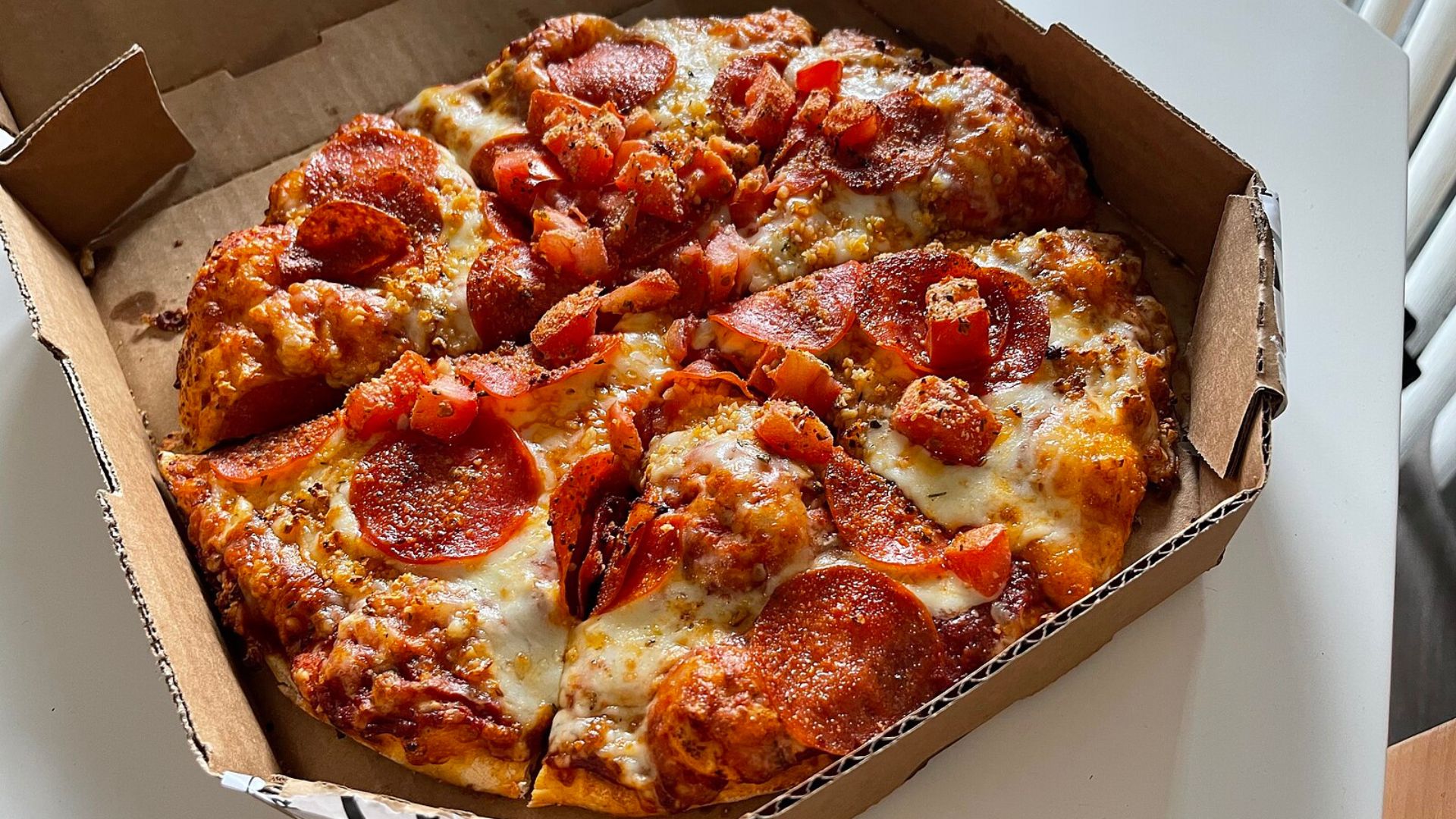
Source: Wikimedia Commons
These preemptive layoffs were attempts to mitigate the forthcoming financial strain anticipated from the wage increase.
Restaurants Using Uber Eats and DoorDash
As they have now gotten rid of most of their delivery drivers, fast food outlets have had to find other ways to deliver food to customers, a service which many rely on.
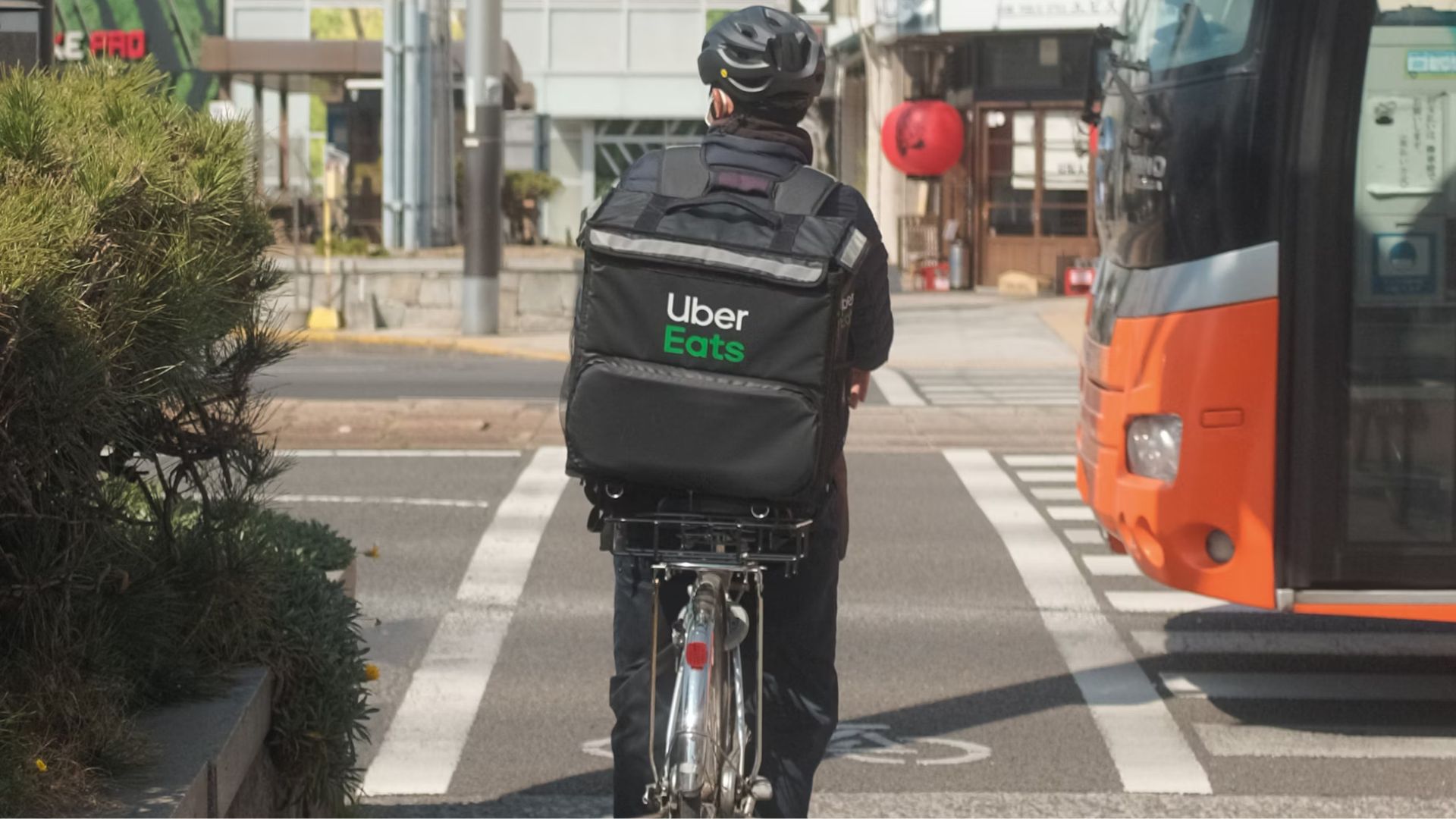
Mak/Unsplash
As a result, they are now using other delivery services, such as Uber Eats and DoorDash.
Almost 10,000 Jobs Have Been Cut
Since these wage increases, around 9500 fast food jobs have been cut, which is a 1.3% change since September 2023.

Igor Omilaev/Unsplash
In the same time period, private employment has declined by 0.2%, which shows the issue is very much with fast food and the minimum wage increase.
Employees Were Losing Jobs Before the Minimum Wage Increase
Even though most of the job losses have happened since the minimum wage increase, some of them were happening beforehand in anticipation of what was to come.

Antoni Shkraba production/Pexels
Thousands of workers had already been laid off before this increase, and some businesses also reduced their hours of operation to try to save money ahead of time.
Unknown Exactly How Many People Have Been Fired
While some rough figures have been provided as to how many people have lost their jobs, the exact number isn’t known and is unlikely to be known until 2025.

Antoni Shkraba production/Pexels
These figures are currently difficult to tell because of the sheer number of people being fired, some people being hired, locations closing, and new locations opening.
Minimum Wage Was Meant To Go to $22
When the idea of fast food workers getting a wage increase first emerged, Newsom initially signed a bill in 2022 to raise the minimum wage for these workers to $22 an hour from 2023 onwards.

Alexander Grey/Unsplash
However, this received a lot of backlash from restaurant industry organizations, who stated that raising it by this much could raise restaurant costs by $3 billion. This was when the idea of $20 an hour was put into law instead.
Fast Food Restaurants Using Robots
To replace the employees who have been fired or made redundant due to wage rises, some fast food places have now decided to invest in robots instead.
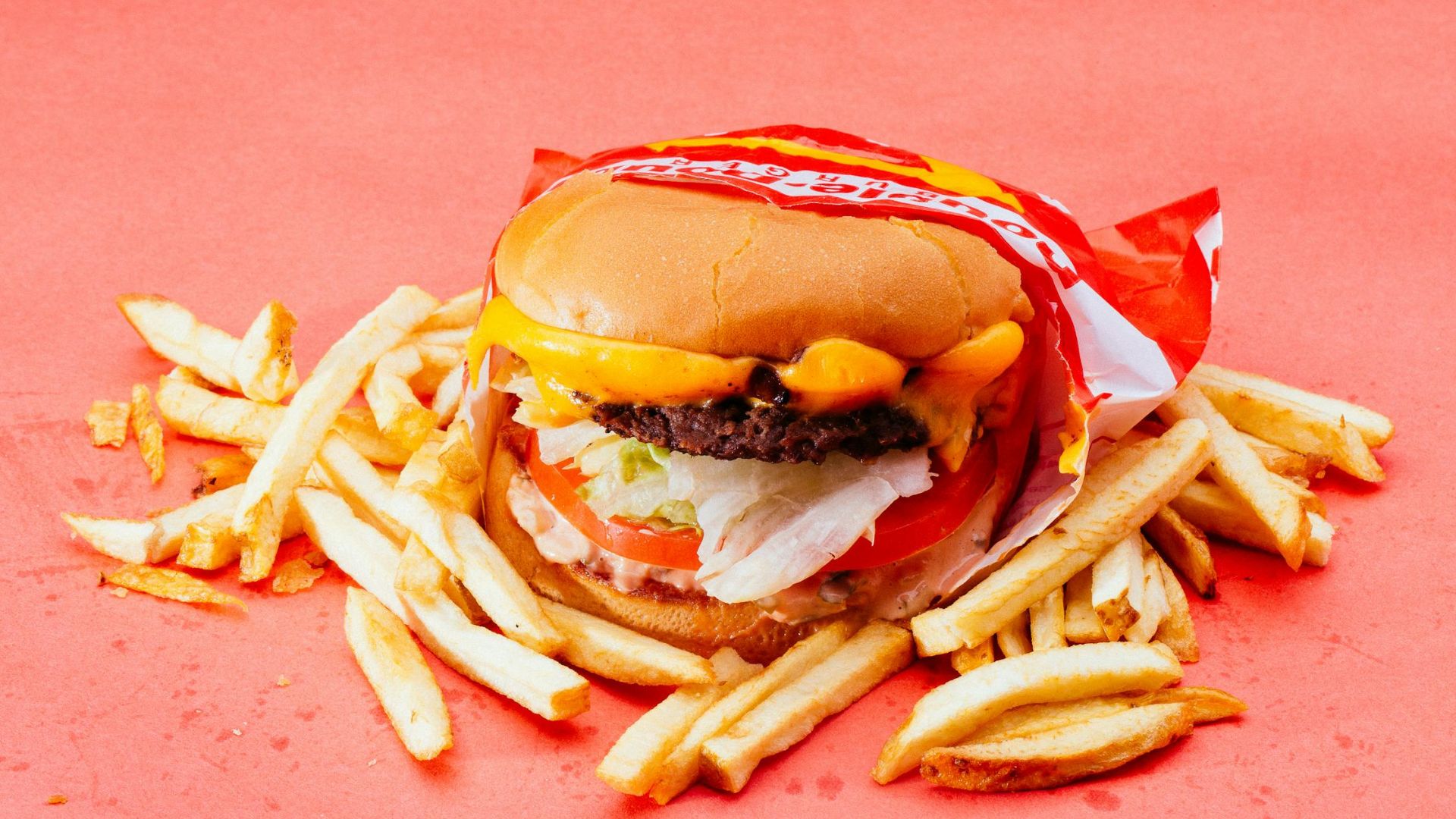
Isaac Taylor/Pexels
These restaurants include El Pollo Loco and Jack in the Box. Robots will be used to make salsa and cook fried foods.
The Details of the New Wage Law
The legislation signed by Governor Newsom last September mandates a minimum wage of $20 per hour for fast food workers at chains with more than 60 locations nationwide.
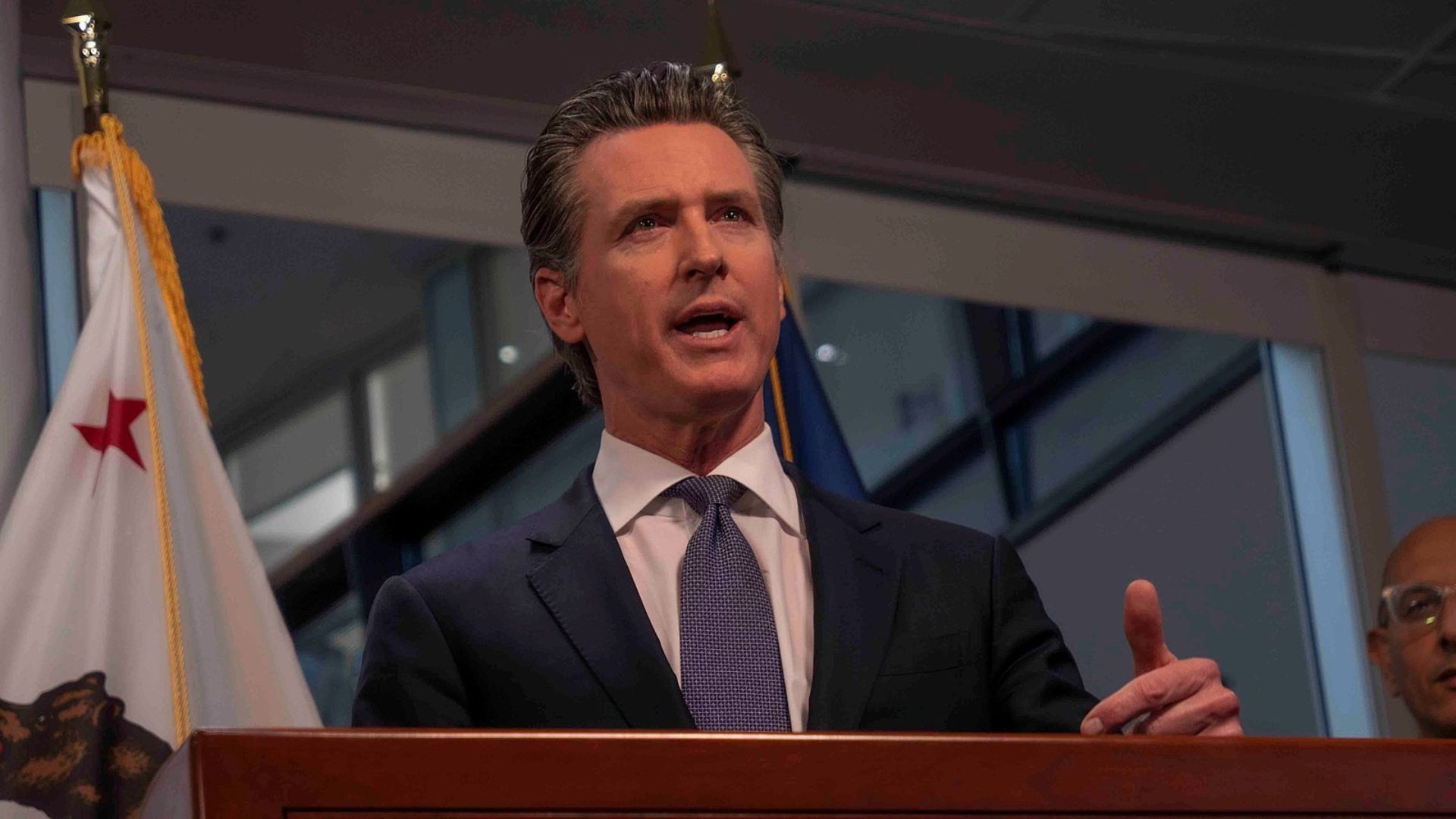
Source: Wikimedia Commons
This represents a 25 percent increase from the previous minimum wage of $16 an hour, which was instituted in January.
Federal vs. State Wage Policies
While California has taken significant steps to increase wages for fast food workers, the federal minimum wage has remained unchanged at $7.25 an hour for many years.

Source: Wikimedia Commons
This disparity highlights the varying approaches to wage policies across different states, with California leading in aggressive wage adjustments.
California Fast Food Outlets Have Been Underperforming
Compared to other US states on a national level, California fast food outlets have been underperforming ever since these minimum wage increases were implemented.
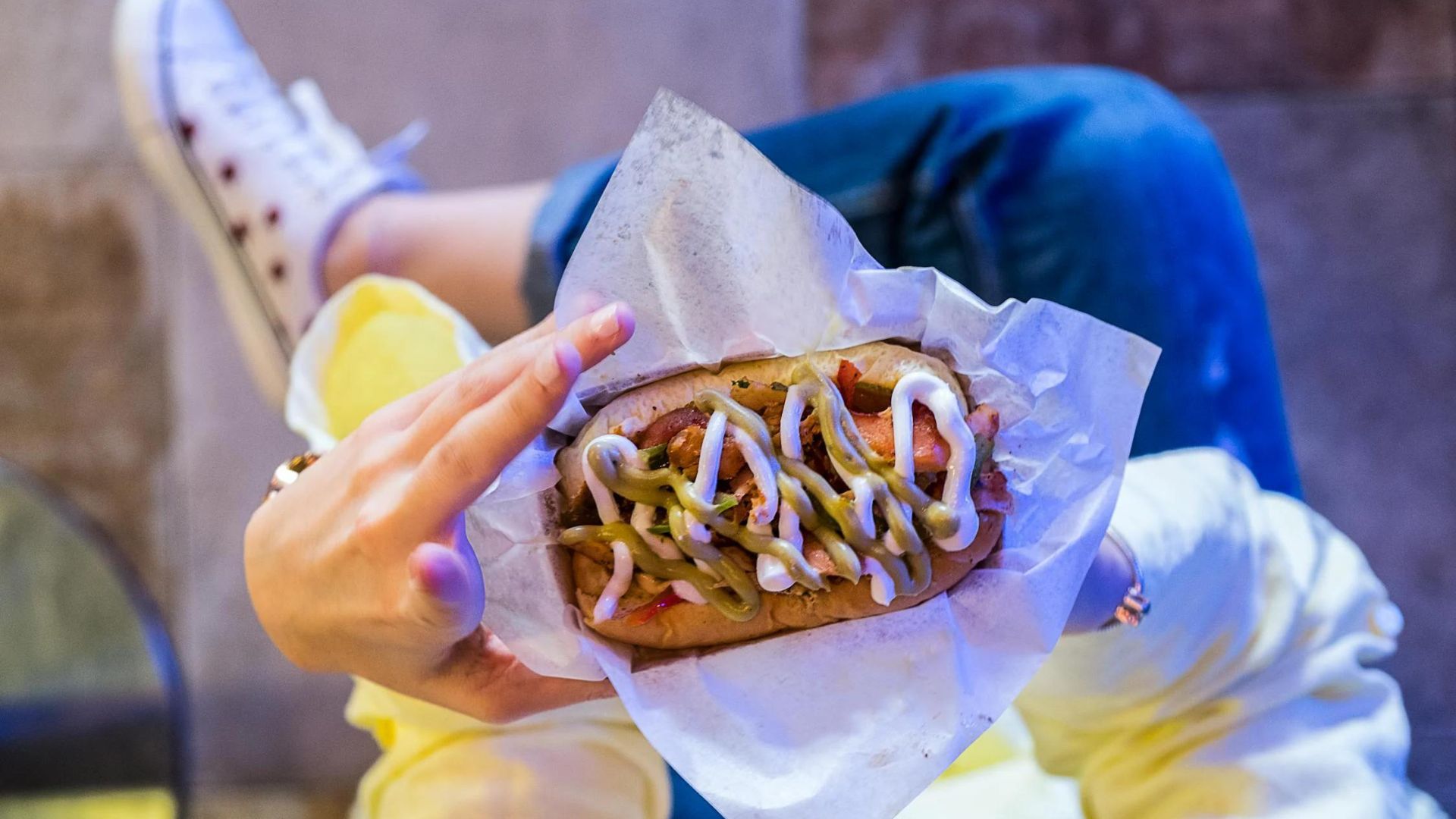
The Lazy Artist Gallery/Pexels
McDonald’s traffic was down by 2.48%, Burger King by 3.86%, and In-N-Out by 2.59%. However, before the new minimum wage law came into effect, this traffic was above the national average.
Business Impact According to CABIA
Tom Manzo, president and founder of CABIA, expressed his concerns to Fox Business, stating, “California businesses have been under total attack and total assault for years. It’s just another law that puts businesses in further jeopardy.”
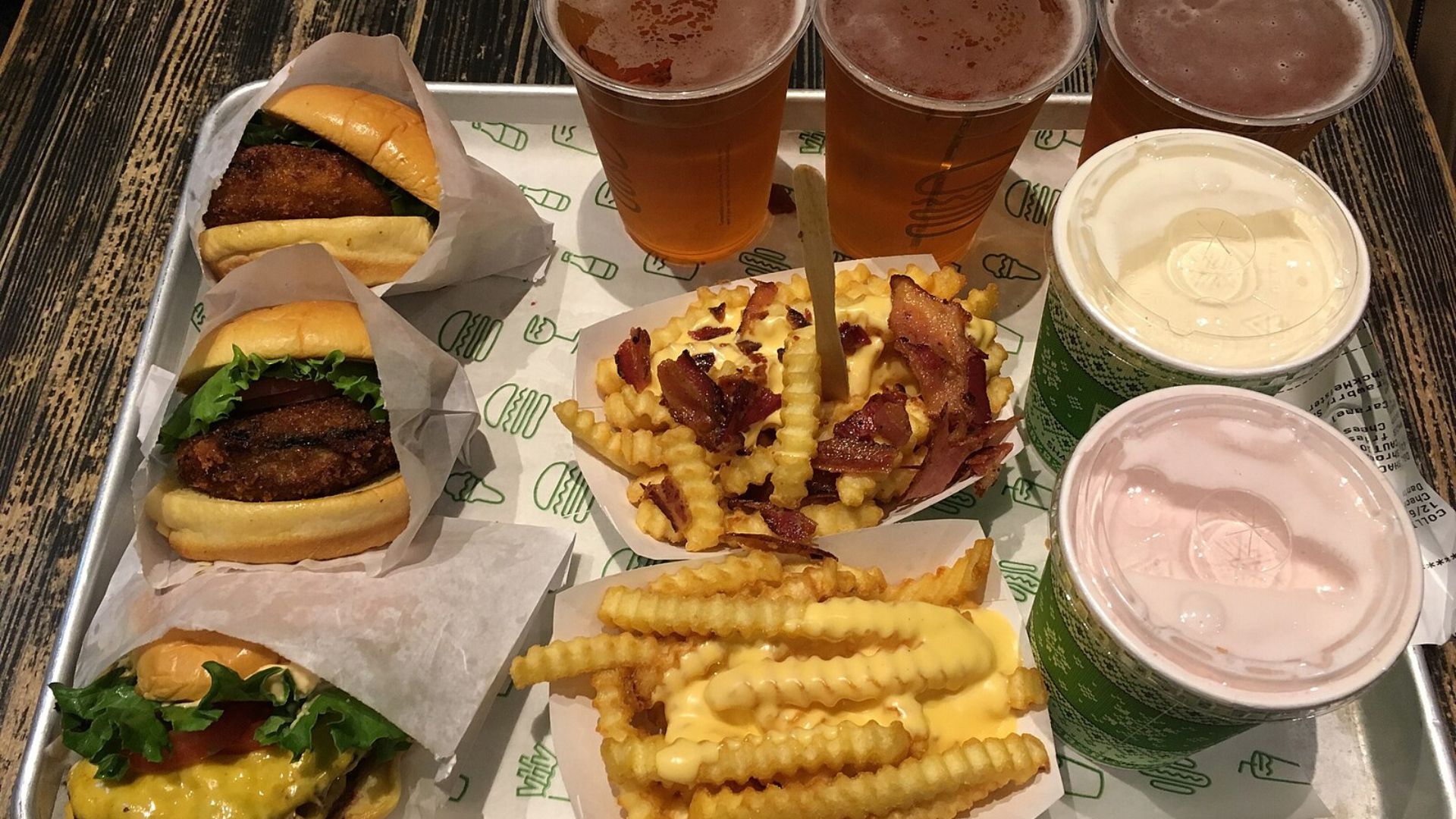
Source: Wikimedia Commons
His comments reflect the broader business community’s anxieties about the new wage law.
The Economic Limit of Price Increases
Discussing the economic realities of significant wage increases, Tom Manzo said, “You can only raise prices so much. And you’re seeing it. People are not going to pay $20 for a Big Mac. It’s not going to happen.”
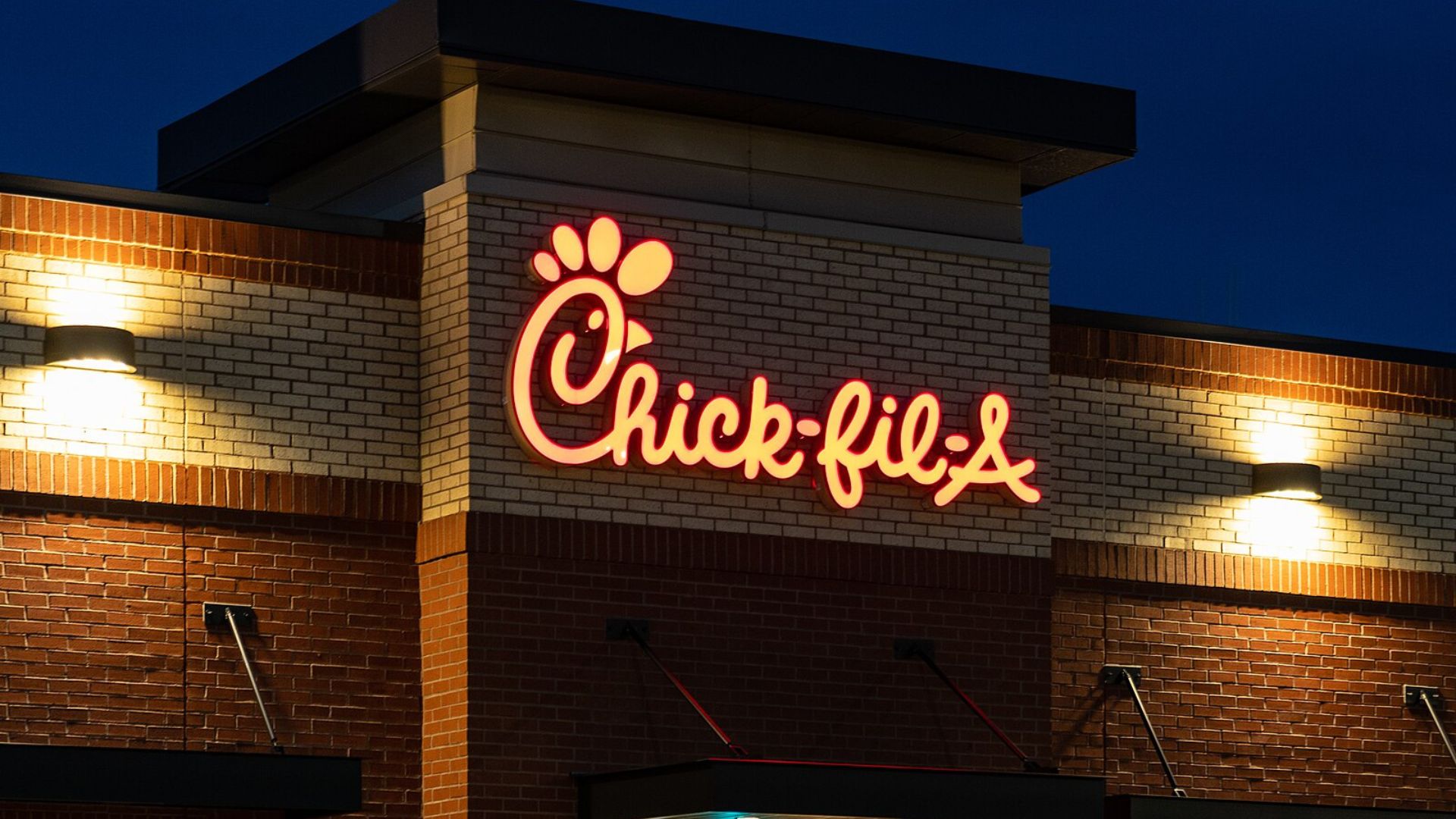
Source: Wikimedia Commons
This quote captures the tension between rising operational costs and consumer price sensitivity.
Thinner Gap Between Fast Food and Casual Dining
Because fast food prices have risen so much, the gap between fast food outlets and casual dining restaurants is ever-decreasing.

Doris Morgan/Unsplash
Even though places such as Olive Garden still charge higher prices than McDonald’s, the gap between the two is so small that many believe they would be better off spending their money on casual dining than paying almost the same amount on fast food.
Governor Newsom's Statement on the Wage Increase
Upon signing the new wage law, Governor Newsom expressed optimism about the positive changes it would bring.
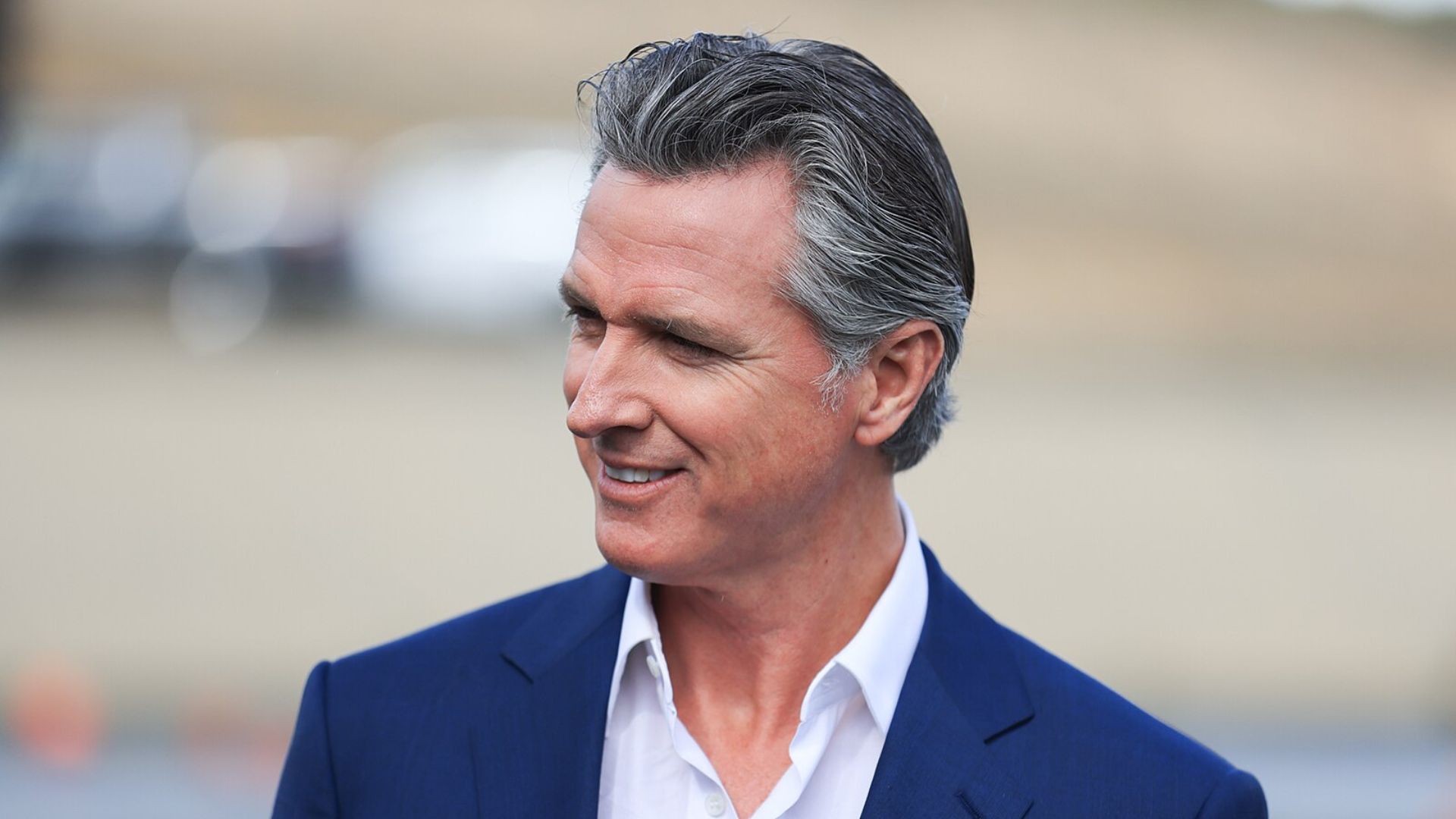
Source: Wikimedia Commons
He said that the state was moving “one step closer to fairer wages, safer and healthier working conditions, and better training by giving hardworking fast food workers a stronger voice and seat at the table.”
Acceleration of Automation in Fast Food
In response to the wage increase, Harsh Ghai, a Burger King franchisee with 140 restaurants, announced plans to expedite the installation of digital kiosks across his operations.
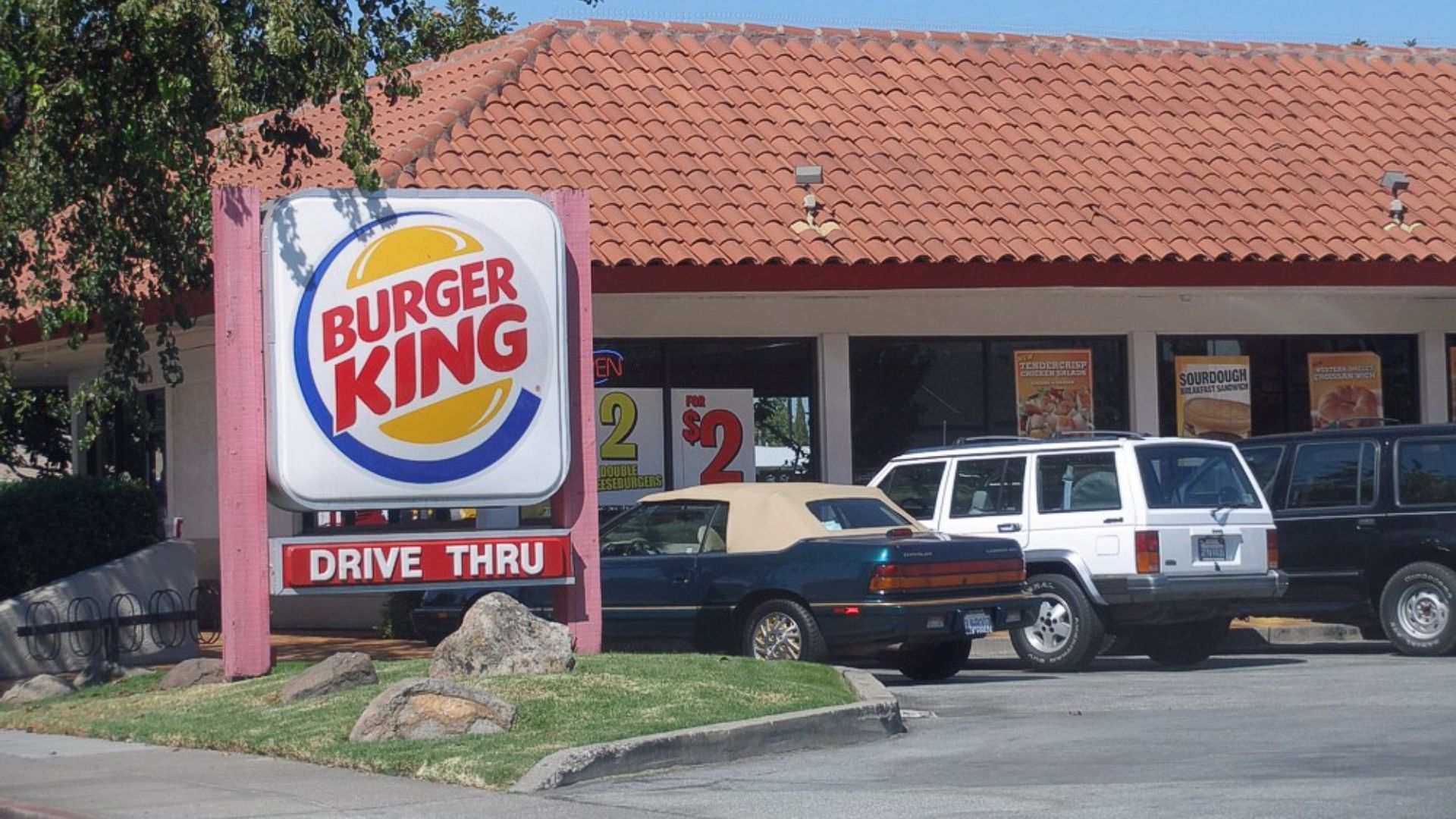
Source: Wikimedia Commons
Originally planned over five to ten years, the rollout is now expected to occur within the next 30 to 60 days, reflecting a shift towards more automated service systems to manage rising labor costs.
